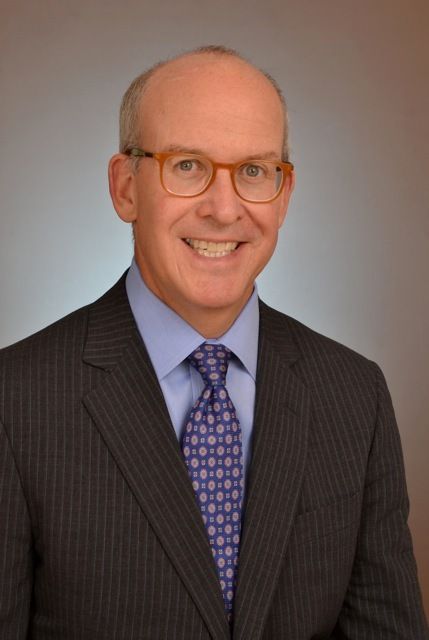Four Takeaways from RSNA 2021
Pertinent perspectives on emerging trends in radiology.
David Gruen, MD, MBA, FACR

It was good (and exhausting) to be back in person at RSNA 2021. While virtual meetings are sometimes necessary to protect public health, there is no substitute for face-to-face interaction.
As I reflect on my experience at this year’s meeting, I believe that radiology is as innovative as ever, but there appeared to be a more deliberate focus on getting back to basics and focusing our efforts around the patient. Here are a few key themes:
1) Radiologist burnout continues.
A common theme among my conversations with colleagues is that radiologists feel swamped – too much work, too few people, and no end in sight. Unfortunately, burnout is not a new issue for radiologists, and we’ve been talking about this for years. The demands of the pandemic have only made things worse.
There is also a weariness about adding another tool to the stack. Radiologists need help, but they aren’t looking for the expense and time commitment it takes to get a new technology up and running. Any new solution would need to demonstrate clear value to the radiologist, without making it too difficult to implement and begin using it.
2) Orchestration is on the rise.
In previous RSNA events, “interoperability” was the buzzword. This year, I heard “orchestration” all week long.
It’s a reflection of a maturing perspective on how to solve key challenges radiologists are facing. Traditionally, adding tools to bring in insights from artificial intelligence (AI) or improve workflows just resulted in more work for the radiologist and IT teams. AI in radiology is evolving from its early rapid innovation phase and maturing into more collaborative, integrated approaches to improve the technology’s value to the field.
IBM Watson Health is among the companies taking this approach. At RSNA, the company launched two orchestration solutions to help imaging organizations improve the radiologists’ experience while reducing demands on IT.
3) Consolidation will be a continuing trend.
Four or five years ago at the RSNA annual meeting, you would find aisle after aisle of small vendors offering clinical decision support solutions. It seemed that any person with a dream had a booth that boasted a new way to help clinicians order the right test at the right time.
I didn’t see many of these solutions this year, and I suspect it is because some of the best innovations have been absorbed into companies or options to deliver solutions at scale.
This is yet another symptom of an evolving perspective on technology in radiology: innovation is vital, but likely won’t achieve success in isolation. Rather, innovation needs to measurably impact workflow in a positive way, and it needs to scale.
4) The future of radiology is bright with innovation.
Radiology has seen exponential progress when it comes to better imaging to help us see the detail we need to assess and treat health conditions. Clinicians and technology are better together than either one would be alone.
When compared with previous RSNA meetings, this year’s event seemed to offer fewer examples of specific technical leaps forward – like faster magnetic resonance (MR) screening or advancements in coils. (One possible exception was the exciting buzz around 3D printing.) Instead, people seemed more focused on the innovations that promise to integrate technology in a more cohesive and helpful way.
For all the inspiring innovation we see at RSNA each year, I applaud the satisfying return to our radiology roots. It’s not just about the latest, cutting-edge technology; It’s about being efficient, effective, and doing what’s best for our patients. Imaging should be centered around people, and that was more apparent than ever at RSNA 2021.
New bpMRI Study Suggests AI Offers Comparable Results to Radiologists for PCa Detection
April 15th 2025Demonstrating no significant difference with radiologist detection of clinically significant prostate cancer (csPCa), a biparametric MRI-based AI model provided an 88.4 percent sensitivity rate in a recent study.
Can CT-Based AI Radiomics Enhance Prediction of Recurrence-Free Survival for Non-Metastatic ccRCC?
April 14th 2025In comparison to a model based on clinicopathological risk factors, a CT radiomics-based machine learning model offered greater than a 10 percent higher AUC for predicting five-year recurrence-free survival in patients with non-metastatic clear cell renal cell carcinoma (ccRCC).
Study Suggests AI Software May Offer Standalone Value for X-Ray Detection of Pediatric Fractures
April 9th 2025Artificial intelligence (AI) software demonstrated a 92 percent sensitivity for detecting fractures in a study involving over 1,600 X-rays from a tertiary pediatric emergency department.